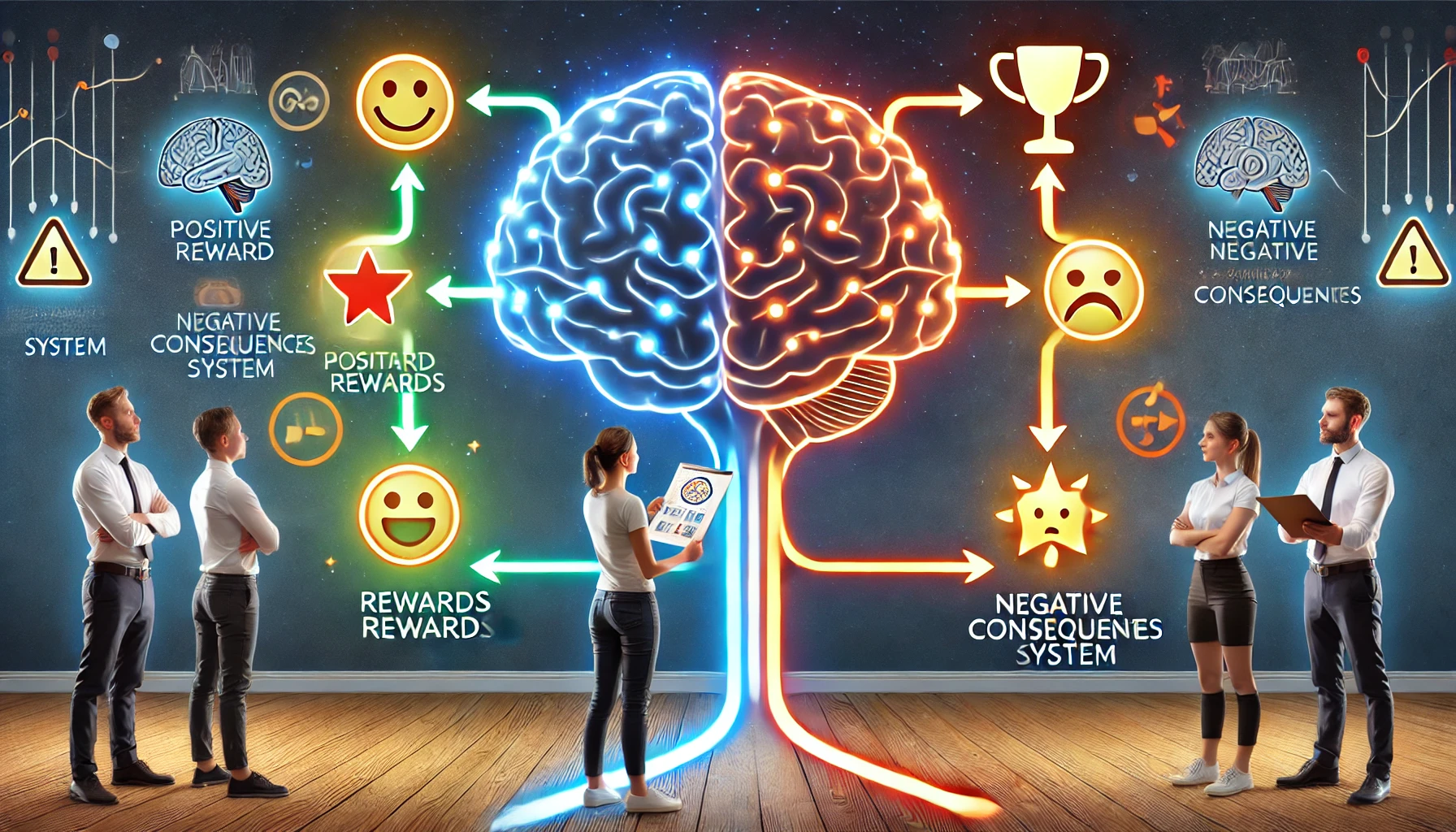Self-discipline is often seen as a matter of willpower, but neuroscience reveals that it is deeply tied to a specific part of the brain: the prefrontal cortex. This region is responsible for decision-making, impulse control, and long-term planning, making it the command center for discipline and focus.
Understanding how the prefrontal cortex works allows you to strengthen it and improve your ability to resist distractions, stay productive, and achieve your goals. In this article, you’ll learn how the prefrontal cortex shapes self-discipline and practical ways to optimize it for better control over your actions and habits.
1. What is the Prefrontal Cortex and Why is It Important?
The prefrontal cortex (PFC) is the front part of your brain, located just behind your forehead. It is responsible for rational thinking, impulse control, planning, and decision-making—all essential functions for self-discipline.
Key Functions of the Prefrontal Cortex in Self-Discipline:
✅ Impulse control – Helps you resist temptations and distractions.
✅ Goal setting – Allows you to plan and commit to long-term objectives.
✅ Focus and attention – Helps you concentrate on important tasks.
✅ Emotional regulation – Prevents emotional impulses from overriding logical thinking.
📌 Example: When you feel the urge to check social media instead of working, your prefrontal cortex steps in to remind you of your long-term goals—if it is strong and well-trained.
2. How a Weak Prefrontal Cortex Leads to Poor Self-Discipline
If the prefrontal cortex is underdeveloped or fatigued, it becomes harder to stay disciplined. Instead of resisting impulses, you might procrastinate, give in to distractions, or make impulsive decisions.
Signs of a Weakened Prefrontal Cortex:
❌ Struggling to resist temptations (junk food, social media, binge-watching).
❌ Difficulty staying focused on work or long-term goals.
❌ Feeling emotionally reactive instead of thinking logically.
❌ Procrastinating on important tasks despite knowing their importance.
📌 Example: If your prefrontal cortex is weak, you may plan to wake up early to exercise but hit snooze multiple times because your impulse control isn’t strong enough to override the temptation of sleep.
3. How to Strengthen Your Prefrontal Cortex for Better Self-Discipline
The prefrontal cortex is like a muscle—it can be trained and strengthened with the right strategies. Here’s how to boost its power for greater self-control and focus.
✅ a) Improve Your Sleep for Better Prefrontal Cortex Function
Sleep deprivation impairs the prefrontal cortex, making it harder to resist temptations and stay productive.
🔹 Aim for 7-9 hours of quality sleep each night.
🔹 Maintain a consistent sleep schedule to optimize brain function.
🔹 Avoid screens and blue light before bed to improve melatonin production.
📌 Example: Studies show that one night of poor sleep reduces prefrontal cortex activity, making you more prone to impulsive decisions the next day.
✅ b) Practice Mindfulness and Meditation to Enhance Self-Control
Mindfulness strengthens neural connections in the prefrontal cortex, improving emotional regulation and impulse control.
🔹 Spend 5-10 minutes a day practicing mindfulness meditation.
🔹 Focus on your breathing when you feel distracted or impulsive.
🔹 Use meditation apps like Headspace or Calm to build the habit.
📌 Example: Research shows that eight weeks of meditation training increases prefrontal cortex thickness, leading to better self-discipline.
✅ c) Engage in Deep Work to Train Your Focus
The prefrontal cortex thrives on focused, distraction-free work. The more you practice deep concentration, the stronger it becomes.
🔹 Use the Pomodoro Technique (25 minutes of focus, 5-minute break).
🔹 Work in distraction-free environments to train deep focus.
🔹 Gradually increase the time you spend on concentrated work.
📌 Example: If you struggle to focus, start with 15-minute deep work sessions and increase by 5 minutes weekly.
✅ d) Reduce Dopamine Hijackers That Weaken Your Focus
Instant gratification activities like social media, junk food, and binge-watching flood the brain with dopamine, making it harder for the prefrontal cortex to regulate self-discipline.
🔹 Reduce social media usage by setting time limits on apps.
🔹 Delay gratification by waiting 10 minutes before acting on an impulse.
🔹 Swap dopamine hijackers for healthy rewards, like exercise or reading.
📌 Example: If you crave checking your phone, wait 10 minutes before doing so. Over time, this strengthens impulse control.
✅ e) Exercise Regularly to Boost Prefrontal Cortex Function
Physical exercise increases blood flow and oxygen to the brain, directly strengthening the prefrontal cortex.
🔹 Engage in aerobic exercise (running, cycling, swimming) to enhance brain function.
🔹 Try strength training to improve mental toughness and discipline.
🔹 Move throughout the day—even short walks improve cognitive function.
📌 Example: Studies show that 30 minutes of exercise can increase prefrontal cortex activity, improving decision-making and impulse control.
✅ f) Train Your Brain with Small Self-Discipline Challenges
Like a muscle, the prefrontal cortex grows stronger when you exercise it with small self-discipline challenges.
🔹 Take cold showers to practice mental toughness.
🔹 Delay responding to non-urgent messages to resist impulse checking.
🔹 Do one uncomfortable task per day to build resilience.
📌 Example: If you feel like skipping a workout, challenge yourself to do just five minutes. Often, this is enough to override initial resistance.
4. Use the Prefrontal Cortex for Long-Term Success
The prefrontal cortex not only helps with daily self-discipline but also plays a role in long-term success. By making rational, future-focused decisions, you can create a life built on intentional choices rather than impulses.
How to Leverage Your Prefrontal Cortex for Success:
✅ Visualize long-term goals to reinforce future-oriented thinking.
✅ Use habit tracking apps to see progress and stay motivated.
✅ Surround yourself with disciplined people—habits are contagious.
📌 Example: If you want to save money, visualizing your future financial success helps your prefrontal cortex override the impulse to make unnecessary purchases.
Final Thought: Strengthen Your Brain, Strengthen Your Life
Self-discipline isn’t about forcing yourself to work harder—it’s about training your prefrontal cortex to make better decisions automatically. By applying neuroscience-backed strategies, you can build stronger impulse control, stay focused, and achieve your goals with greater ease.
✅ Improve sleep, exercise, and mindfulness to boost brain function.
✅ Limit distractions and dopamine hijackers to enhance focus.
✅ Use small self-discipline challenges to strengthen impulse control.
Start today: Pick one strategy from this list and train your prefrontal cortex for better self-discipline! 🚀












Leave a Reply